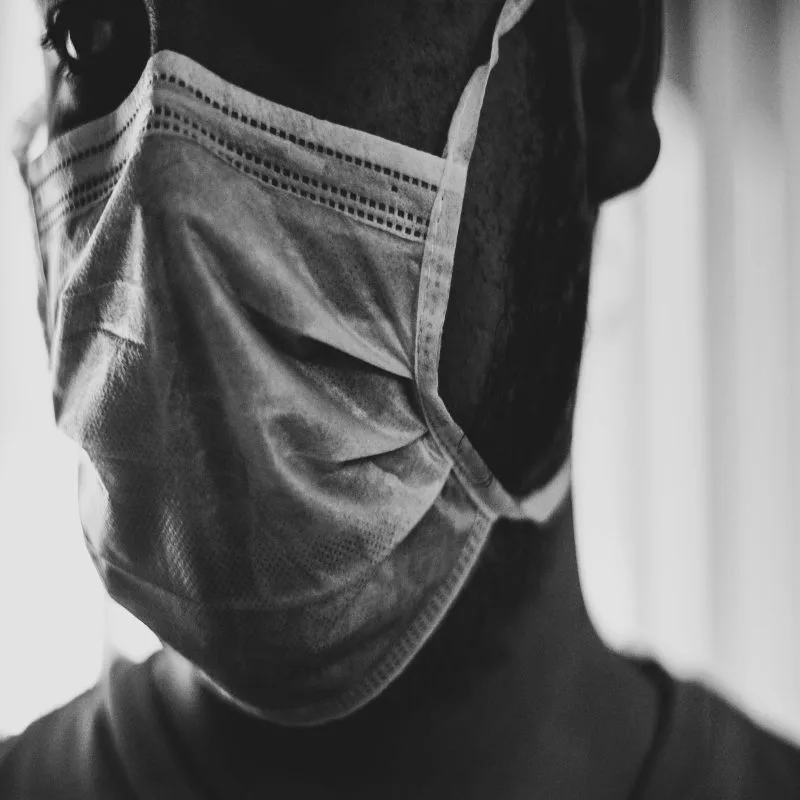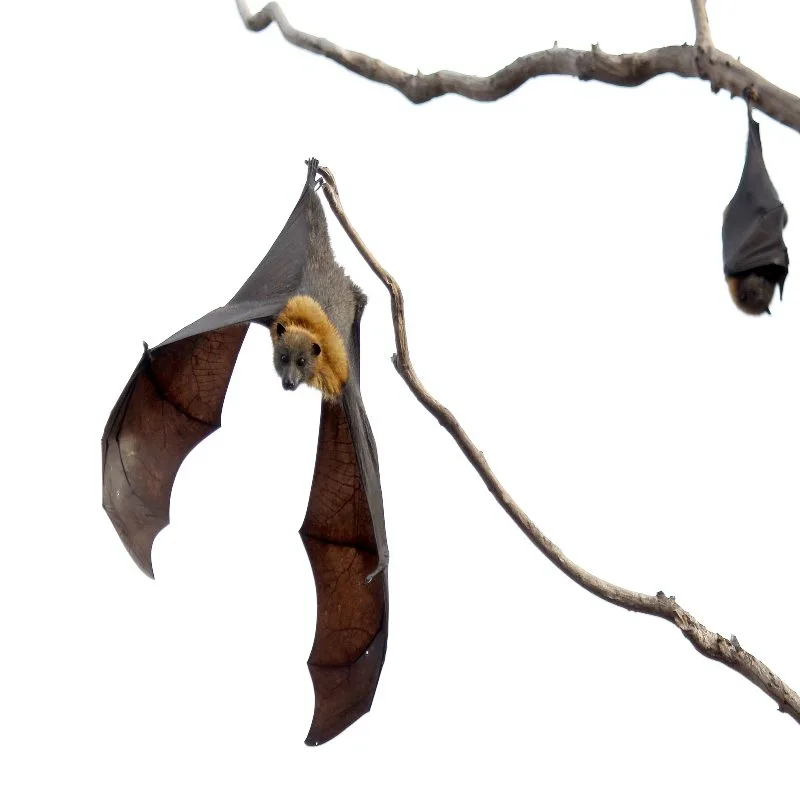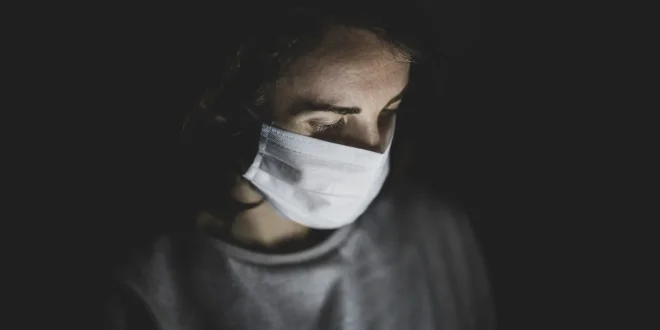After the recent pandemic wave, we may head to the next deadly pandemic, the Nipah virus. Likewise, the Nipah virus can potentially be an agent of bioterrorism and a life-threatening.
Nipah virus (NiV) is a highly contagious virus that can cause severe respiratory illness and encephalitis (brain inflammation) in humans and animals.
What is Nipah Virus Disease?
Nipah Virus is a communicable disease that leads to severe respiratory sickness and brain inflammation in humans and animals. Additionally, it is a zoonotic virus that spreads from animals to humans.
Although fruit bats are the primary natural hosts for NiV, it can also infect other animals, including pigs. NiV was first identified in Malaysia in 1999, and since then, outbreaks have occurred in various Asian countries like Bangladesh, India, and Indonesia.

It has a significant public health danger due to its high fatality rate. During specific outbreaks, as many as 75% of those infected have succumbed to the virus.
No specific treatment is available for NiV infection, and medical care primarily focuses on providing supportive measures.
What are the Transmission and Causes of Nipah?
Nipah is a zoonotic pathogen that can transfer from animals to humans. Fruit bats serve as the primary host for NiV, although it can infect swine and various other animals.
It is passed on to humans through several means :
- Direct interaction with infected animals or their bodily secretions.
- Ingestion of contaminated food or water.
- Human-to-human transmission.
Some of the causes of the NiV are :
- Humans interact with infected bats. Bats act as the natural reservoir for NiV, and they can transmit the virus to humans through their saliva, urine, or blood.
- When you consume polluted food or water, NiV can pollute food and water through the saliva or urine of infected bats.
- Human comes in contact with infected swine. Swine can contract NiV from bats and transfer the virus to humans through saliva, urine, or blood.
- NiV are also transferred from person to person through respiratory droplets or close contact with bodily fluids. This is particularly common among caregivers of infected individuals for medical professionals.
Outbreak of Nipah virus in India
The disease was documented in Bangladesh and India, with both nations experiencing initial outbreaks in 2001.
Bangladesh has experienced a significant impact in recent years, witnessing over 100 fatalities from Nipah since 2001.
Meanwhile, in India, the early outbreaks claimed the lives of more than 50 individuals before being brought under control.

In September 2023, the southern state of Kerala reported two Nipah-related deaths and confirmed four other cases. Additionally, local authorities have taken measures such as closing certain schools and implementing extensive testing.
It marks the fourth documented cluster of Nipah cases in Kerala over five years. The virus resulted in 17 fatalities during the initial occurrence in 2018.
The officials in Kerala have confirmed a sixth individual has contracted the deadly NiV that led to the reimposition of COVID-era restrictions in Kerala for the first time in over 18 months.
The disease was reported in Kozhikode; specific areas have been cordoned off as containment zones. This has resulted in the closure of businesses, schools, and public spaces, with the only visible figures being healthcare workers clad in personal protective equipment (PPE) suits, reminiscent of the situation in 2020.
The fatality rate of the Nipah virus falls within the range of 40-75%, as per the World Health Organization (WHO)
However, it extends beyond the sight of deserted streets and hazmat suits. The recent Nipah outbreak is a significant reminder of the ongoing challenges India and the world introduced three years ago.
The state has successfully contained previous outbreaks within a few weeks by conducting widespread testing and enforcing stringent isolation measures for individuals in contact with patients.
What are the Nipah Virus Symptoms?
Some of the symptoms of the NiV are given below :
- Fever
- Headache
- Muscle aches
- Fatigue
- Cough
- Sore throat
- Vomiting
- Diarrhea
- Drowsiness
- Confusion
- Seizures
- Coma
How can we do the Nipah Virus Treatment?
There is no specific treatment or vaccine for the NiV virus to date. However, there are other different supportive measures to minimize the symptoms of the Nipah and help the patient feel better.
Some of the supportive measures consist of :
- Giving fluid and electrolyte balance to hydrate the patients.
- You should administer medications like acetaminophen (Tylenol) or ibuprofen (Advil) to manage fever and alleviate pain.
- Provide respiratory support, including mechanical ventilation, if the patient experiences breathing difficulties.
- Giving medications if seizures occur.
Additionally, in severe cases, hospitalization in an intensive care unit (ICU) is necessary to monitor patients and give specialized care.
Ongoing research targets developing vaccines and antiviral drugs for Nipah treatment. However, these treatments are not yet accessible to the general public.
What are the prevention and control for the NiV?
Preventative and management measures for Nipah virus (NiV) involve the following actions:
- We must clear the infected bats or pigs, refraining from contact with their saliva, urine, or blood.
- Avoid consumption of tainted food or water, including raw date palm sap and other fruits potentially contaminated by bats.
- Thoroughly wash hands with soap and water after encountering bats, pigs, or other animals.
- Employ protective gear like gloves and a mask if near bats, pigs, or other animals.
- If you suspect NiV exposure, you should contact a healthcare professional.

In addition to the above, the following approaches can also aid in NiV prevention and control:
- Public health authorities should closely monitor the community for NiV infection symptoms and track individuals who have had contact with infected individuals to hinder further transmission.
- Public health entities can educate the populace regarding NiV infection, including preventive measures and recognizing signs and symptoms of the illness.
- Healthcare personnel should adhere to rigorous infection control protocols to prevent the spread of NiV within medical facilities and other healthcare settings.
What are the future research and challenges?
- The focus is on understanding the virus, its transmission, and developing effective vaccines. Researchers may be challenged in creating a safe and productive NiV vaccine.
- The improvement in the systems to identify cases and prevent outbreaks through global collaboration.
- Collaborate across human, animal, and environmental health to control seizures.
- Educate communities on risks, prevention, and reporting of Nipah virus cases.
- Strengthen medical facilities in outbreak-prone regions.
- Research specific drugs for Nipah virus treatment.
- Enhance international collaboration, information sharing, and capacity building.
- Communicate accurate information to build public trust and promote preventive measures.
- Implement strict measures in agriculture to prevent spillover events.
Conclusion
Nipah virus is a highly lethal zoonotic pathogen that poses a significant public health threat due to its potential for human-to-human transmission and the lack of specific antiviral treatment or vaccines. The virus originates from bats and can infect various animals, including pigs and humans.
Outbreaks of Nipah virus infection have been reported in several countries, leading to severe respiratory illness and encephalitis with high mortality rates. Effective surveillance, prompt detection, and rigorous containment measures are critical in controlling outbreaks and preventing the spread of this deadly virus.
Continued research into understanding the virus, developing antiviral therapies, and implementing preventive measures are essential to mitigate the impact of the Nipah virus on public health and safeguard global populations.
FAQS
1) Is the Nipah virus curable?
There is no specific cure for the Nipah virus, but supportive care and treatments can help manage symptoms and improve outcomes.
2) Is the Nipah virus life-threatening?
Yes, Nipah virus infection can be life-threatening, with a high mortality rate.
3) Is Nipah an infectious disease?
Yes, the Nipah virus is an infectious disease that can be transmitted from animals to humans and between humans.
4) Who is at risk for the Nipah virus?
People in close contact with infected animals or individuals, particularly in areas where Nipah virus outbreaks occur, are at risk for contracting the virus.
5) How long does the Nipah virus survive?
The Nipah virus can survive on surfaces for several days under favorable conditions.
 Medicosnext
Medicosnext




